Raicilla 101, or the complete guide to this regional mezcal
Raicilla is a regional mezcal from Jalisco, Mexico. Once virtually unknown outside of rural Jalisco, the spirit is now generating buzz among mezcal and cocktail afficionados. That said, very little has been written about raicilla, and nearly every non-academic article is riddled with egregious inaccuracies. We’re here to set the record straight.
What is raicilla?
Like all mezcal, raicilla is distilled from the roasted heart of the agave plant, commonly called a piña because it resembles a giant pineapple. Real raicilla is 100% agave. Most raicilla is made by age-old methods, in open-air distilleries called tabernas, which are similar to the palenques that produce artisanal Oaxacan mezcal. Distillers are known as raicilleros or taberneros and may be adressed as “maestro” as a term of respect for their level of knowledge. Note: For legal reasons, raicilla cannot be legally labeled mezcal. More on that later.
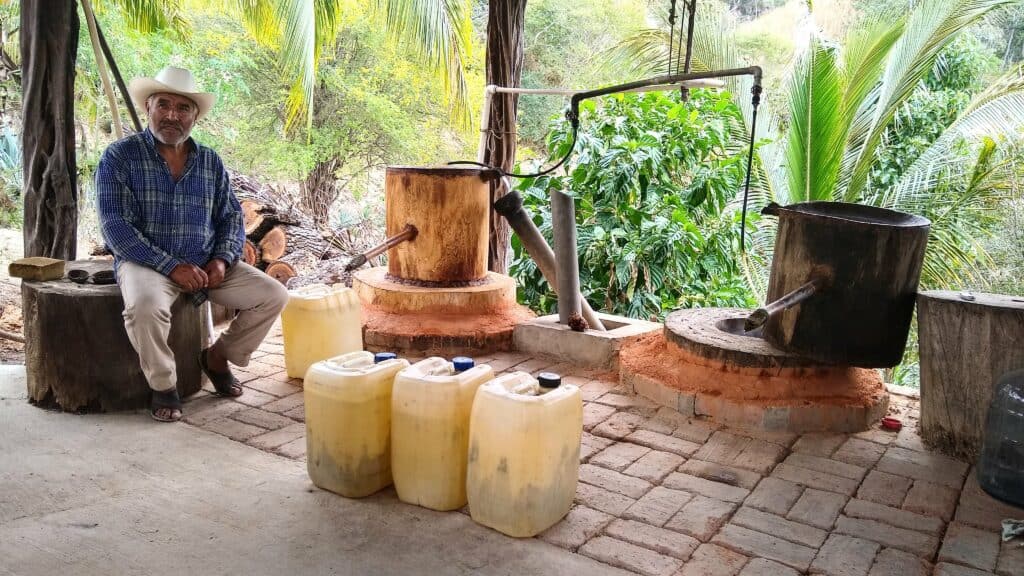
Where is raicilla made?
The spirit is made in the Mexican state of Jalisco, in two distinct regions: around the coastal municipality of Cabo Corrientes, just south of Puerto Vallarta, and further inland around the municipalities of Mascota and San Sebastián del Oeste. The regions have distinct terroir and production traditions, and raicilla de la costa (of the coast) typically tastes quite different from raicilla de la sierra (of the mountains).
What types of agave are used to make raicilla?
Historically many types of agave have been used to make this mezcal, and that continues to be the case. That said, “raicilla de la sierra” is primarily made with A. maximiliana, commonly referred to as lechuguilla, while coastal raicilla is typically derived from varieties of A. angustifolia and A. rhodacantha.
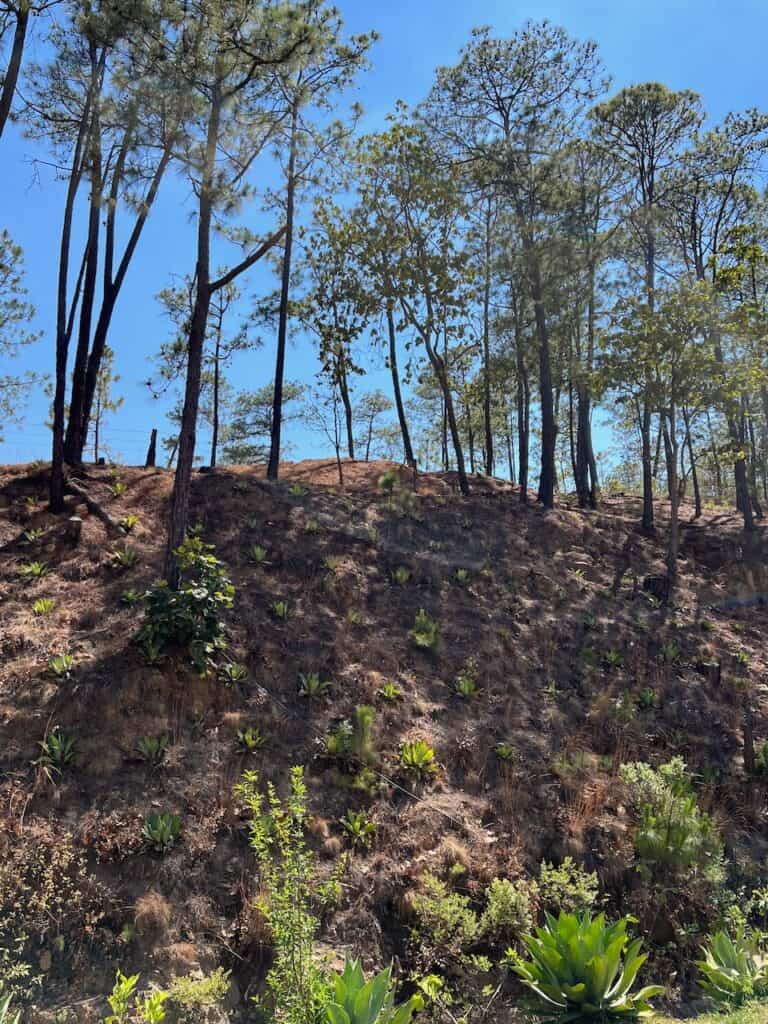
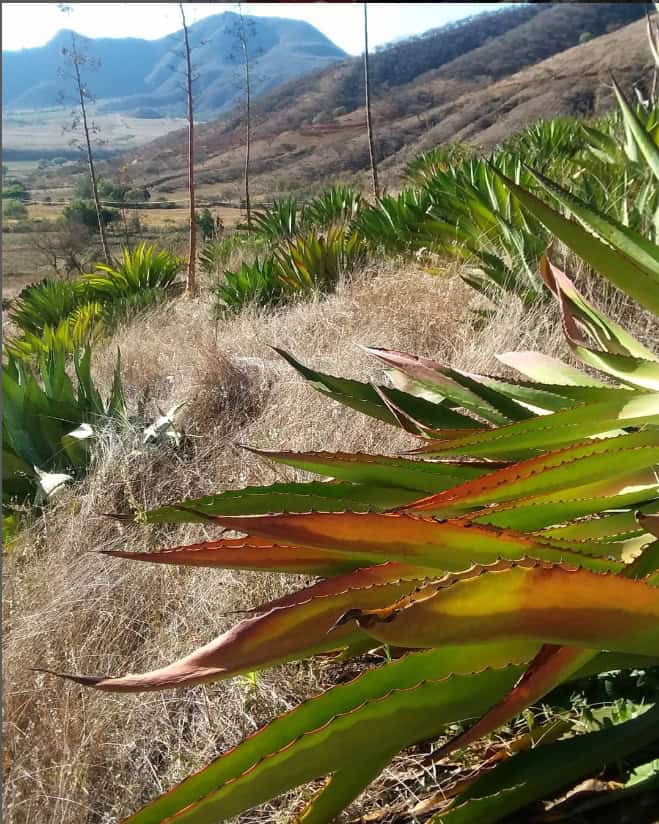
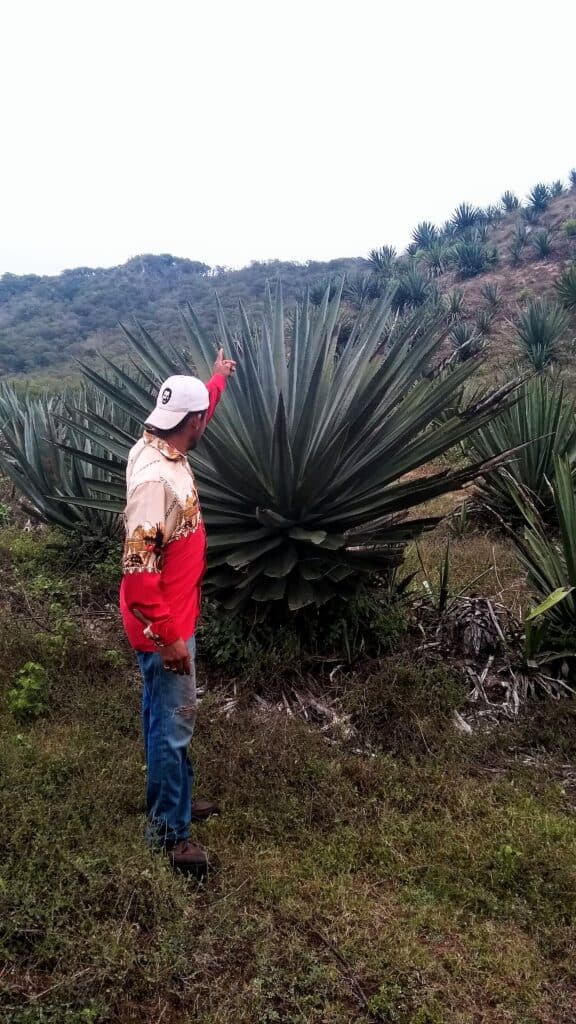
How do you make raicilla?
This regional mezcal can be made with wild agave, semi-wild agave, and, more commonly, cultivated agave. Most taberneros cultivate at least some of their own agave, which they refer to as mezcales. They typically harvest it with a machete, removing the thick and spiky leaves, or pencas, to create a piña to be roasted.

Production varies between the two primary regions. In Cabo Corrientes, agave is roasted in earthen or stone-lined pits. A large fire is built at the bottom of the pit. When the coals are ready, the raicilleros add stones, and then a layer of wet agave fiber. They then fill the pit with piñas, cover the mound with tarps or reed mats, and add a layer of earth. The agave is typically roasted for three days, although some producers may choose to cook it longer.
In the mountains, it’s more common to roast agave above ground in what looks very much like a wood-fired pizza oven. These ovens may be oblong or shaped like igloos.
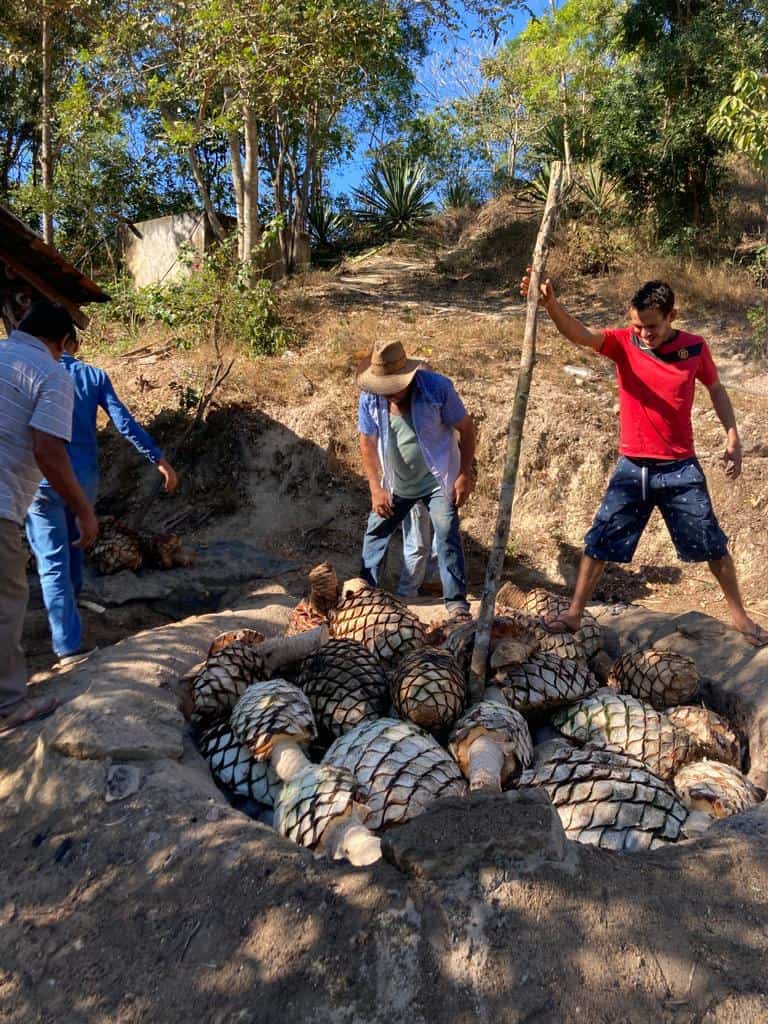
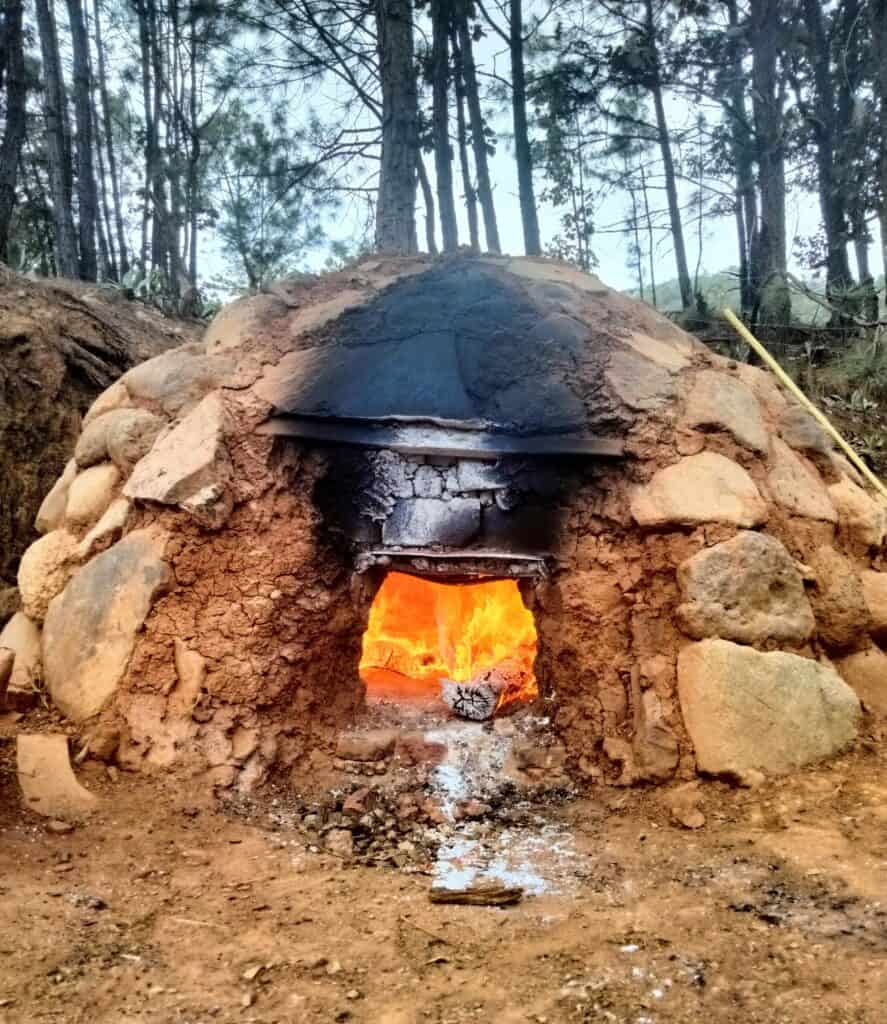
After the agave has been removed from the oven, the raicilleros shred it in preparation for fermentation. Traditional producers typically use a canoa; they place the cooked agave in a hollowed out tree trunk and beat it to shreds using a wooden club. Larger operations may use mechanical shredders.
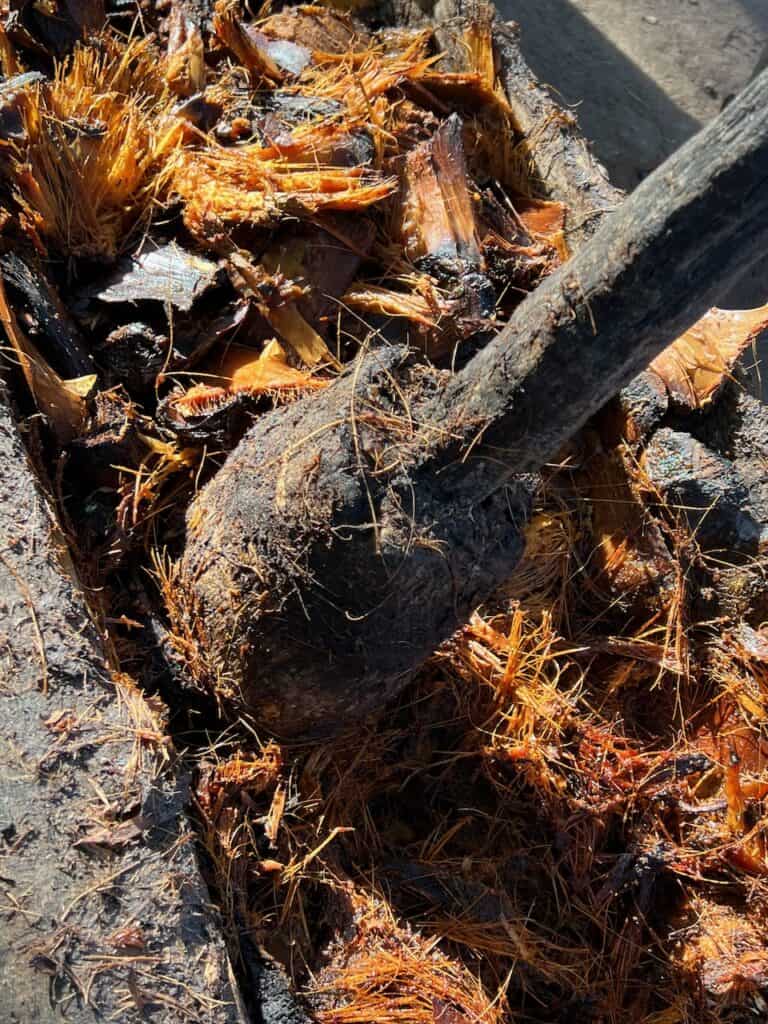
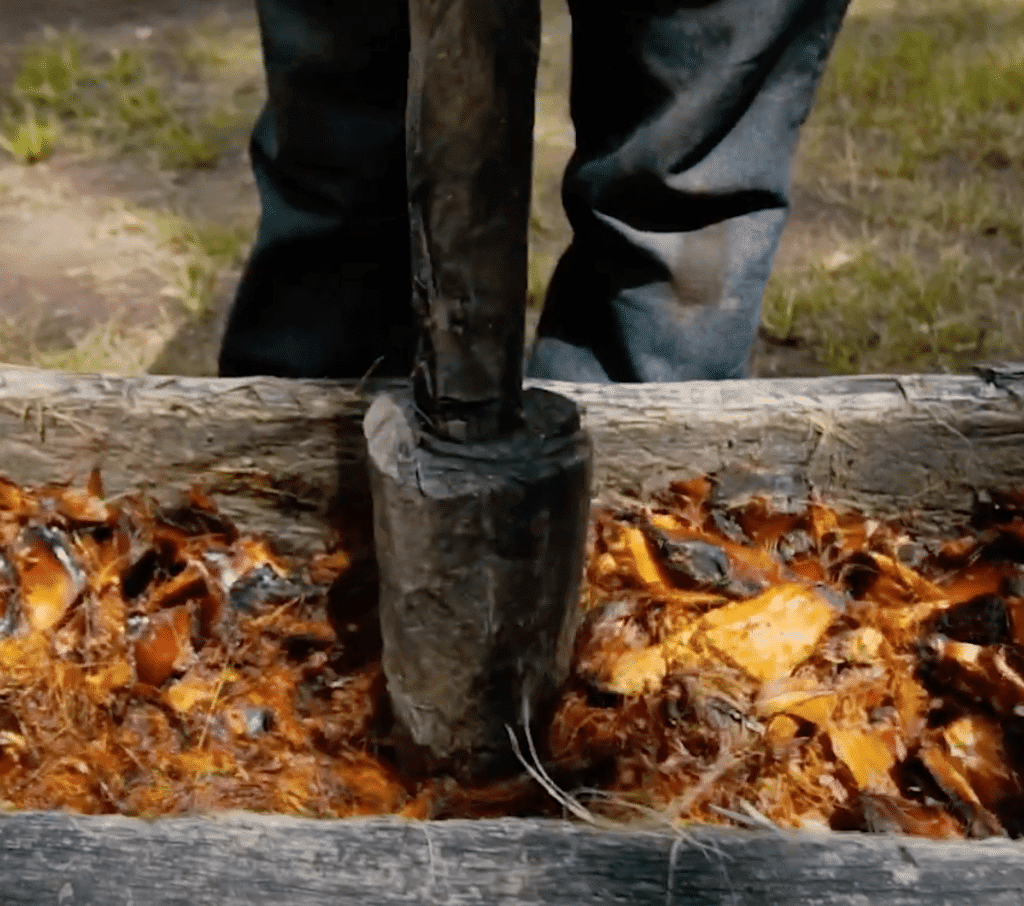
The shredded agave is then put into a fermentation tank, which may be made of a variety of substances, including wood, stone, or cement. Food-grade plastic water tanks are common because they are durable and economical. Once the producer adds water, fermentation occurs naturally with the help of ambient yeasts and other microbes. A mosto, or brew of fermented agave developes. If outside temperatures are high, the mosto may be ready for distillation in a week; during colder times of year or at higher elevations, it may need up to a month to ferment.
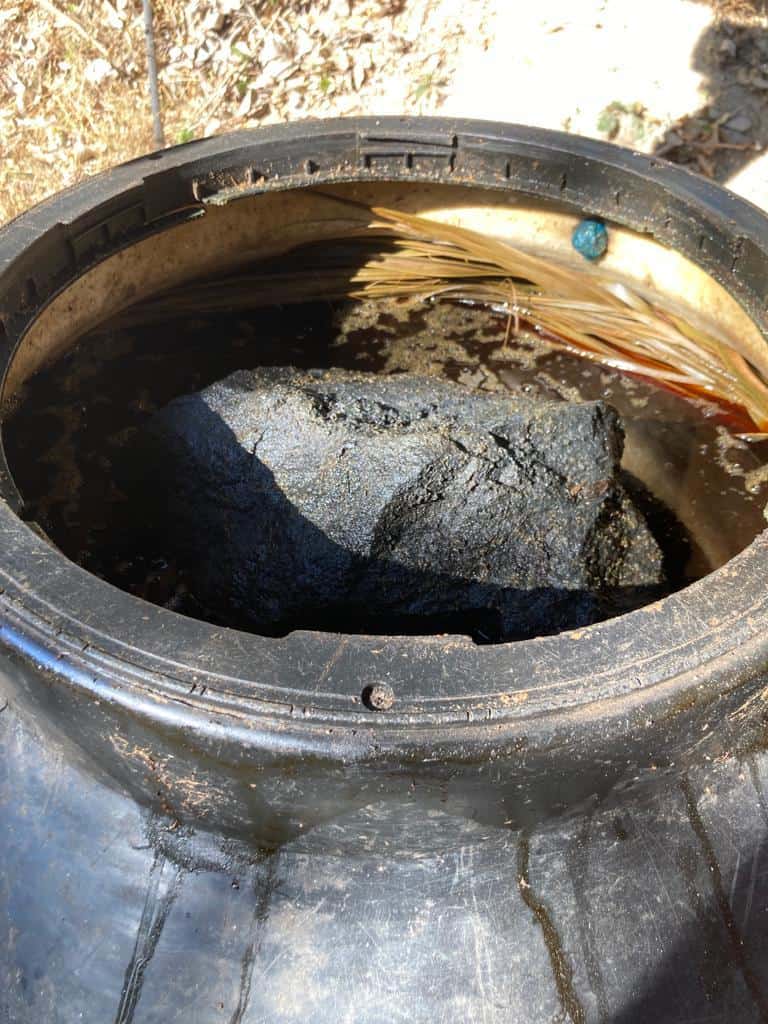
Filipino-style stills are traditional on the coast. These are hollowed out tree trunks, augmented with copper. This technology arrived on Mexican shores courtesy of Filippinos who sailed the Spanish trade route from Manila. These portable stills were originally used to make coconut brandy, but people soon began experimenting with distilling agave. Coastal raicilla is always distilled twice.
Alambique (alembic) stills are more common in the sierra, where the spirit may be distilled either once or twice, depending on the producer’s preference. Raicilla available for sale in stores is more likely to be double-distilled.
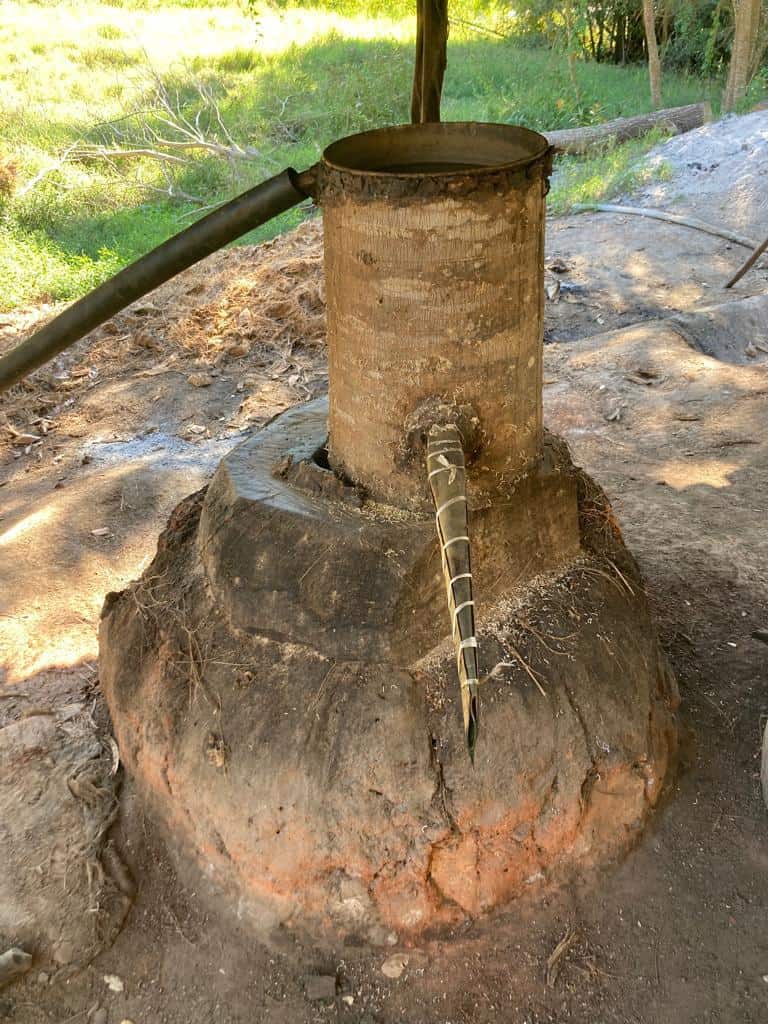
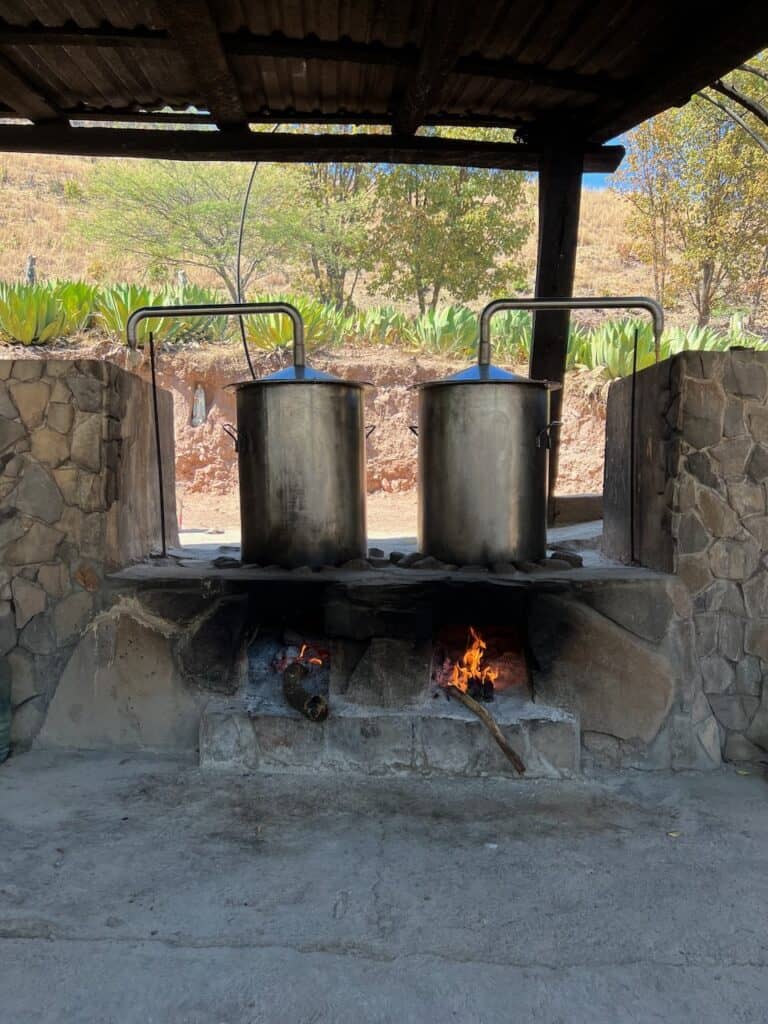
ADDITIONAL FAQ ABOUT RAICILLA
What is the difference between raicilla and mezcal?
Raicilla can’t be legally labeled mezcal because it falls outside the giant yet arbitrary denomination of origin for mezcal (DOM). That said, raicilla is one of the many types of mezcal–although it might not taste like the mezcal you are familiar with. The types of agave used, local water and yeasts, and different production methods give raicillas very different flavors than mezcal from Oaxaca, Michoacan, Guerrero, or other parts of Mexico. This can be said about any regional mezcal.
What does raicilla mean?
Literally, the word means “little root.” According to legend, producers adopted the name to thwart Spanish tax collectors, who would come to tabernas to tax mezcal. The producers claimed that their spirit was not in fact mezcal, but rather something else entirely–raicilla. (Incidentally, the spirit is not made from the roots of the agave but from the piña, like any other mezcal.)
How is raicilla different from tequila?
Both spirits are distilled from agave in the Mexican state of Jalisco, but raicilla and tequila are a world apart when it comes to production methods, current culture, and flavor. This was not always the case. The two liquors share deep historical roots.
Once upon a time, tequila was also an obscure regional mezcal made by methods that could be described as “primitive.” Mezcal from the town of Tequila became well-known, and this fame was amplified by political and geographical factors, such as the region’s proximity to a railway, which facilitated distribution. As more people tasted the spirit, increased demand led to industrialization. Which made tequila taste very different from its nearby cousin, raicilla. In 1974, tequila officially became its own category of liquor. Tequila is now one of the most famous and rigorously regulated spirits in the world, while raicilla remains obscure and comparatively unregulated (though that’s about to change).
Let’s look at a few of the key regulations and practices that differentiate tequila from raicilla:
- Tequila can legally only be distilled from blue agave.
- Raicilla may contain various types of agave.
- The alcohol in true raicilla is derived purely from agave sugars.
- While the best tequila is 100% agave, some tequila is partially derived from cane sugar and other sources.
- Agave for tequila is steamed in brick ovens or stainless steel autoclaves. Some tequila companies don’t cook the agave at all, but instead use a diffusor, or a machine that extracts carbohydrates from raw agave.
- Raicilla gets much of its distinctive flavor from the wood-fired ovens used to roast the agave.
What does raicilla taste like?
If you want to introduce a friend into agave spirits, you probably shouldn’t start with a traditional raicilla. As a category, raicilla encompasses a diverse range of flavors. It can be fruity and acidic, floral and delicate, piney and dirty. It can also have a hint of gruyere or burning rubber. Sometimes all these flavors can be contained in a single bottle. But don’t let this scare you off. If you truly love mezcal, there’s a raicilla out there that will delight your palate and capture your heart.
Is raicilla legal?
Some producers work completely outside the law, but commercial raicilla brands have long been subject to the same health and safety regulations that govern all alcoholic beverages for legal sale.
In 2019, a denomination of origin for raicilla (DOR) was authorized by the Mexican Institute of Industrial Property (IMPI). The DOR includes 16 municipalities in Jalisco: Atengo, Chiquilistlán, Juchitlán, Tecolotlán, Tenamaxtlán, Puerto Vallarta, Cabo Corrientes, Tomatlán, Atenguillo, Ayutla, Cuautla, Guachinango, Mascota, Mixtlán, San Sebastián del Oeste, and Talpa de Allende, as well as Bahía de Banderas, which is in the neighboring state of Nayarit. According to the DOR, any mezcal labeled “raicilla” must be made within these regions.
What are the rules for raicilla?
Despite the DOR, production is not yet actually regulated. Specific production standards and categories, or a “NOM,” have been written, but have not yet been approved by the federal government. Once the standards and categories are approved, legal raicilla brands will need to prove that their production processes are in line with the NOM, in addition to their existing compliance with standard rules for producing legal alcoholic beverages.
The spirit does not yet have an official regulatory agency such as the CRT (Consejo Regulador de Tequila) or the various agencies now authorized to regulate mezcal production. The closest thing is the Consejo Mexicano Promotor de Raicilla, a promotional council, which was actively involved in creating both the DO and the NOM.
What is the difference between coastal raicilla and its inland cousin?
The two varieties of raicilla do not share a common terroir; the landscapes and climates are vastly different. Farmers plant fields of agave in both regions, but Cabo Corrientes is humid jungle land while the sierra is cooler and forested in pines. Additionally, producers in each region use different agave and different types of ovens and stills.
What is the alcohol content of raicilla?
Is raicilla strong? It can be. The ABV of raicilla ranges from around 35 % to around 55 % alchohol. As with any mezcal, alchohol content can be estimated by the perlas, or small bubbles, that form when the liquid is agitated.
Where can I buy raicilla?
The majority of raicilla brands are not available in the US, and most can’t even be found on the shelves of mainstream Mexican liquor stores. However, some really good raicilla does make it out of the country and can be found at better liquor stores, online distributors, and bars. For coastal raicilla look for Las Perlas de Jalisco; La Estancia is a good expression of raicilla “de la sierra.” One of the most widely distributed brands is La Venenosa, which offers expressions from many esteemed coastal and sierra producers. Despite being arguably the most famous raicilla brand available outside of Mexico, La Venenosa is no longer labeled as raicilla, but rather as a “destilado de agave.” The same is true of Mezonte’s expression from Don Hildegardo “Japo” Joya, a legendary coastal producer.
We’re beginning to see more mezcal bars that have a decent selection of the spirit. As raicilla becomes more well-known, we’re hoping to see the arrival of actual raicilla bars.
If you’re looking to buy raicilla in Mexico, your best bet is to visit Puerto Vallarta, where you can find raicilla and raicilla cocktails at a number of bars and restaurants. We recommend checking out flights at Chiro or visiting Elixir, which is currently the best cocktail bar in Puerto Vallarta. You can also buy directly from the producers if you engage in some educational yet fun raicilla tourism and visit the Cabo Corrientes area with a guide. We recommend Be Nomade. To check out raicilla de la sierra, you’lll want to go to the mountain town of Mascota, where the raicilla promotional council runs La Taberna, an excellent and affordable tasting room.
What is a destilado de agave?
A destilado de agave is a distilled spirit made from agave and a way for producers or bottlers to sidestep (and perhaps protest) the potentially stringent limitations required to label a spirit as tequila, mezcal, bacanora, or (eventually) raicilla. Read more here.
How do you drink raicilla?
How to serve raicilla? To truly experience this mezcal’s singular and complex flavors, sip it neat. This mezcal’s flavor profiles, which may be funky, lactic, piney, fruity, or all of the above, can also lend sophistication to cocktails. That said, if you go to a party in rural Jalisco, you may see it served with soft drinks, particularly Squirt or Fresca.
Is there a classic raicilla cocktail?
Short answer: No. This mezcal has not been on the radar of cocktail enthusiasts for long enough to engender a true classic. Adaptations of margaritas and palomas are popular, and many bartenders are developing singular raicilla cocktails. We hope we’re around to taste the raicilla cocktail that stands the test of time.

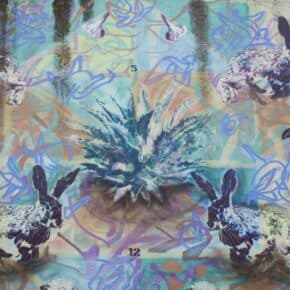

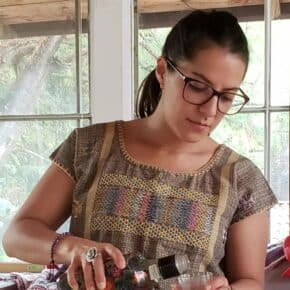








No sooner had I written the above comment that I realized that La Venenosa also produces a raicilla or “agave distillate” from a region called the Sierra Volcanes, also in southern Jalisco and a bit of a southern extension of the Sierra del Tigre. It’s literally next door to the Volcán de Colima. So, it might be worth considering the Sierra del Tigre and Sierra Volcanes as a distinct raicilla-producing region, apart from the coast and the western sierra highlighted in the article.
good article-clears up some misconceptions and delivers a good basic idea of what Racilla is